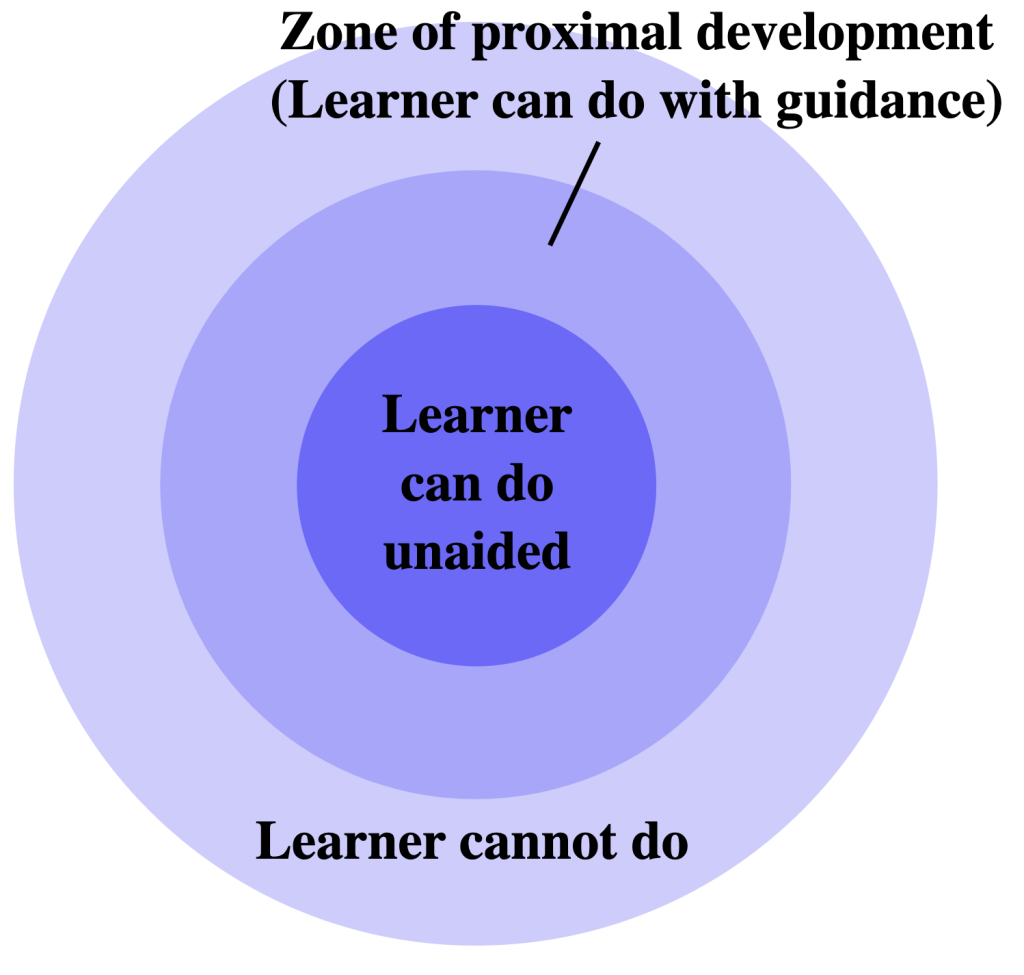Introduction to Honoring Linguistic Diversity
Lev Semyonovich Vygotsky was a Russian and Soviet psychologist, best known for his work on psychological development in children. Vygotsky’s theories on cognitive development and the role of language in learning provide valuable extensions into understanding and addressing linguistic diversity in educational settings. Vygotsky asserted that cognitive development is largely a social process, occurring through interaction with more knowledgeable others (parents, teachers, peers). This perspective underscores the importance of linguistic diversity. Among many of his major publications and research is the concept of Zone of Proximal Development (ZPD). ZPD refers to the gap between a child’s current level of development and the level they are capable of reaching with tools provided by others with more knowledge.

Vygotsky argued that language is a primary tool for thinking and learning. He distinguished between “inner speech” (internal thought) and “external speech” (communication with others), emphasizing that internalization of language transforms cognitive processes. Vygotsky’s theories suggest that learning is deeply embedded in cultural and linguistic contexts. This implies that students’ home languages and cultural backgrounds should be integrated into the educational process to support learning. Vygotsky’s view that language develops through social interaction highlights the importance of creating collaborative and communicative classroom environments that honor and engage with families. Recognizing and valuing students’ home languages and cultures enhances their cognitive development and self-esteem. According to Vygotsky, language is a means of cultural transmission, so incorporating students’ linguistic backgrounds in the classroom supports their overall development.
Pause to Reflect!

Listen to From Kabul to Virginia: An Afghan family is starting over in America
- How might the drastic change in environment affect the cultural identity and emotional well-being of Kamila Noori’s children and grandchildren?
- In what ways can the educational system in Northern Virginia support the Mohib children in maintaining their home language, Dari, while also helping them achieve proficiency in English?
- What challenges might the Mohib children face in navigating their dual identities as Afghan refugees and new residents of the United States?
In 2009, the National Association for the Education of Young Children (NAEYC) released Where We Stand on Responding to Linguistic and Cultural Diversity. In the statement, NAEYC asserts that early childhood education must
- Help all families realize the cognitive advantages of a child knowing more than one language, and provide them with strategies to support, maintain, and preserve home language learning.
- Ensure that children remain cognitively, linguistically, and emotionally connected to their home language and culture.
- Encourage home language and literacy development.
- Help develop essential concepts in the children’s first language and within cultural contexts that they understand.
- Make every effort to use children’s home languages and create classroom environments that reflect children’s languages and cultures.
Mariela is a 41-year-old migrant worker who immigrated to the United States from Oaxaca, Mexico, looking for work and a better life for her family. She now works on a strawberry farm in Florida. Her 4-year-old daughter, Alicia, and 2-year-old son, Mariano, are enrolled in a local Spanish/English Head Start program.
Mariela’s first language is Mixtec, an Indigenous Oaxacan language. Spanish is her second language. Mariela struggles with the idea of teaching Mixtec to her children. Mariela says she wants to spare her children the discrimination she felt when she arrived in this country. At home, she only speaks Mixtec with her husband and adult family members. After listening to her concerns, Alicia’s teacher suggests that Mariela speak with her children in Mixtec. She encourages Mariela to sing songs and rhymes and ask open-ended questions in Mixtec, Spanish, and English.
- How does Mariela’s concern about discrimination reflect broader societal attitudes towards Indigenous languages and cultures?
- What role can schools and educators play in addressing and mitigating discrimination against students who speak Indigenous languages?
- How can the Head Start program support Mariela in her efforts to teach Mixtec to her children?
- What strategies can be implemented by the school to foster a collaborative environment that respects and promotes the use of home languages?
Media Attributions
- Zone of Proximal Development illustration is licensed under a CC0 (Creative Commons Zero) license
- Afghan Family © Alyssa Schukar for NPR is licensed under a CC BY (Attribution) license

